It took me 3 days to dye....
Newsletter February 2018 - if you like to receive our newsletter please drop us an email and we will add you to our list! appleoakfibers@hotmail.com
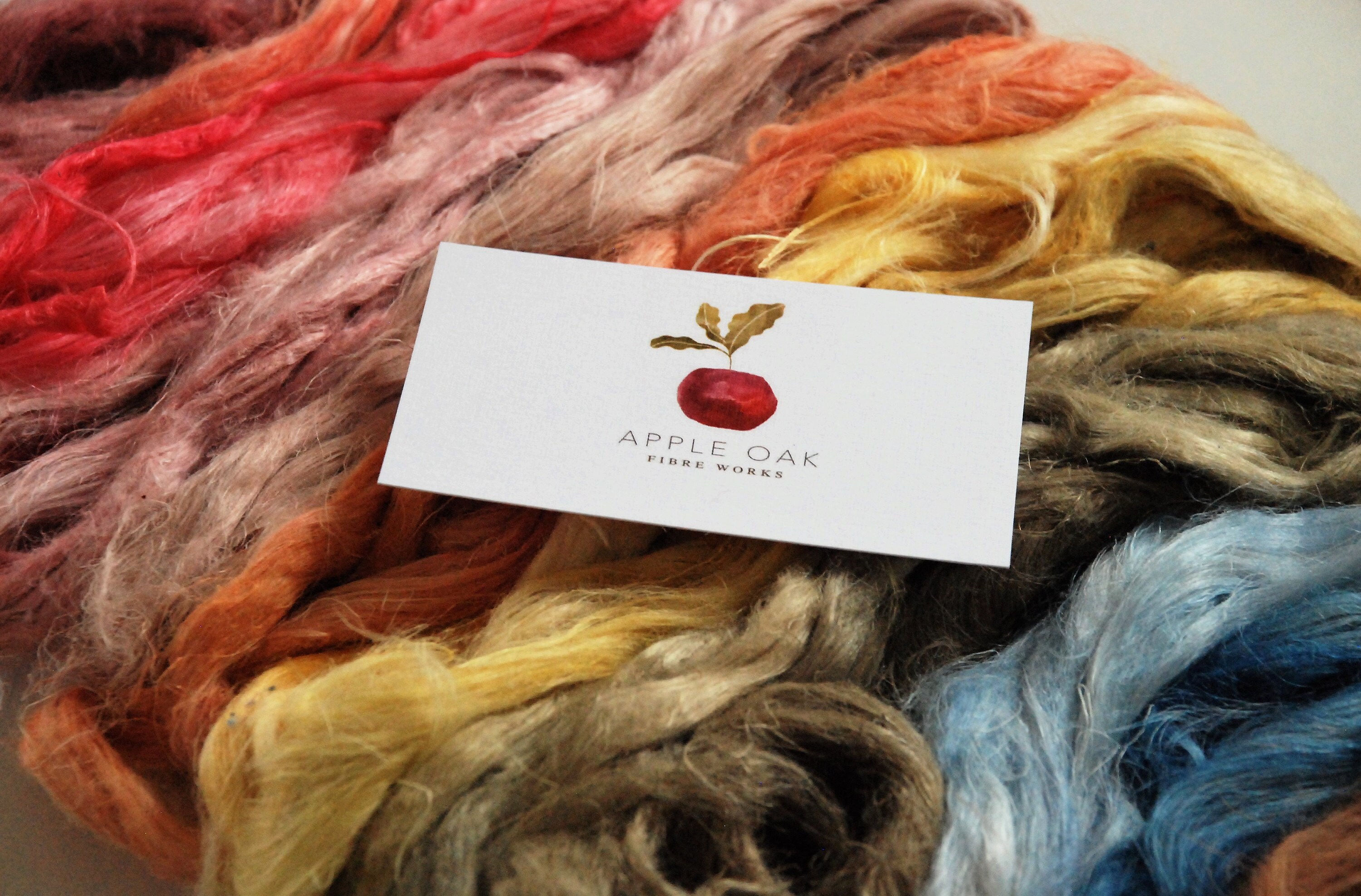
Hand Dyed Flax and Hemp Fibres using plant and salt based dyes.
It took me three days to dye
No really, it did take me three days to dye, using flax/hemp, avocado and soy. I’ll come to that later. But first let me introduce you to flax and hemp...
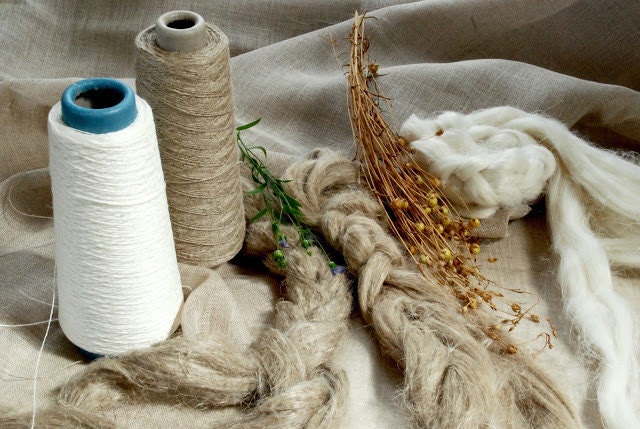
Introducing...Flax and Hemp Fibres
What can flax and hemp be used for?
I’m forever singing the praises for flax and hemp. Historically they are intrinsically linked to Ireland. And they really are amazingly practical and useful fibres. When you next get a chance, google them and see the wondrous things that these clever fibres can do.
I’m not joking when I say we could save the planet by switching to some surprising uses and some traditional uses, such as rope, clothes, food, paper, textiles, plastics, insulation and biofuel... Here’s a few crafting ideas for you, in case you need some inspiration…
Now that officially, Spring is here...
For you crafters, here’s how you can incorporate flax and hemp into your creations of wonder…
Needle felting
Flax and hemp are a great vegan alternative to wool for needle felting. I find they behave in a similar way to wool and dry felt quickly, but with a bit more of a weighty feel (heavier in the hand). Use the plain non-dyed hemp or flax fibres for core felting and our coloured fibres for dressing, or detail. Both fibres can be used together, so you can mix and match to your heart’s content...
To make it easier for you to get started, I’ve put together a new vegan felting kit here.
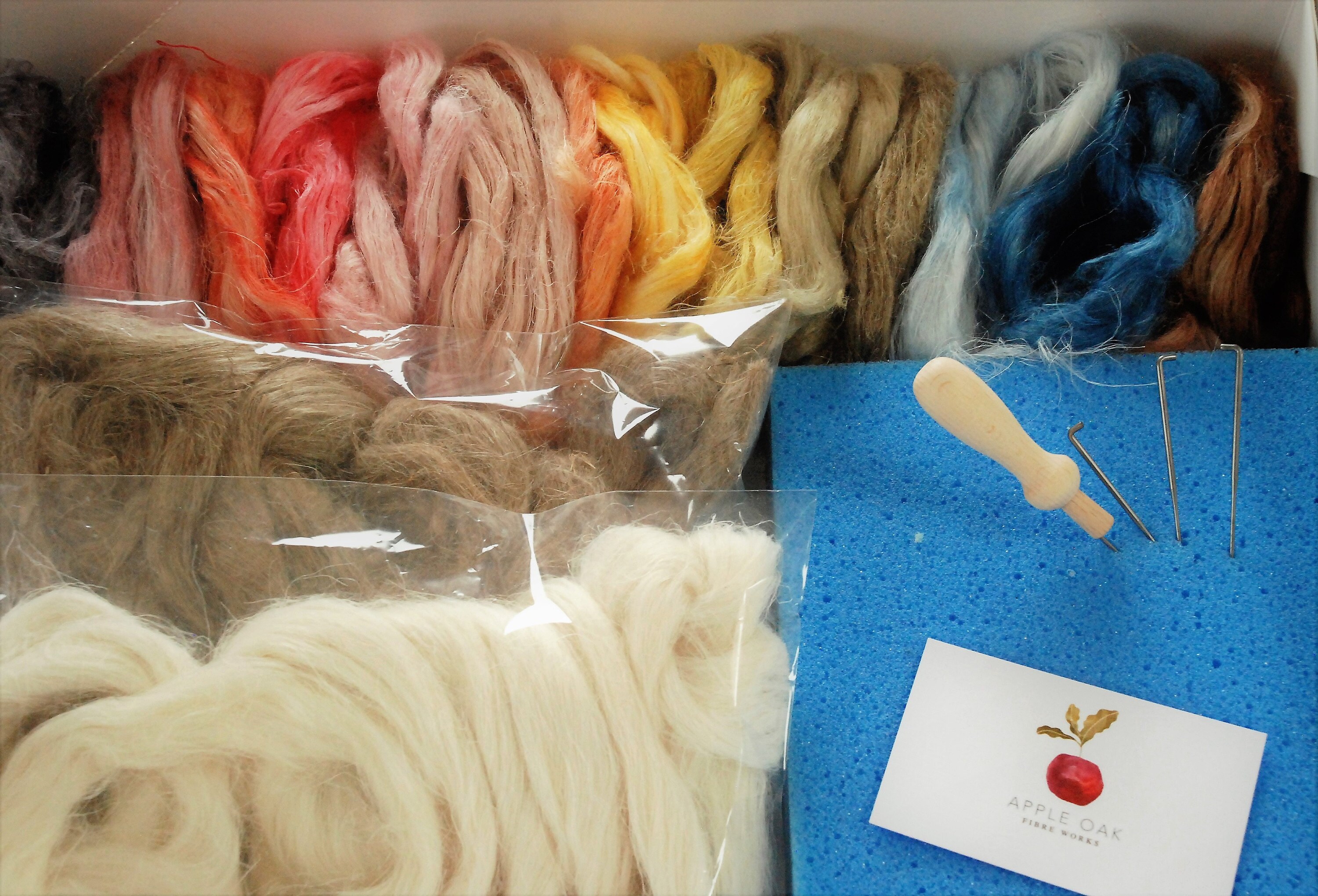
Vegan Needle Felting Kit
Spinning
Spinning
Flax and Hemp fibres can be used very effectively for spinning. They are fairly stiff to start with, but you can either fluff them up by hand or with a pair of carders. Wetting them is also beneficial for spinning. They love the damp weather, so you can imagine how historically, they were perfect crops for Ireland! Click here to find all our plant fibres Find the fibres here

Spinning Flax processed by ALFA students - finished flax yarn
Crafting/Wet felting
Although the flax and hemp don't really wet-felt per se, they will add interesting results when used combined with wool.
A lovely customer stated that 'I can’t wait to see how it looks finished! I have used the golden flax in projects and it ends up looking like specks of gold so can’t wait to see how this color turns out!' (M. from Alaska)
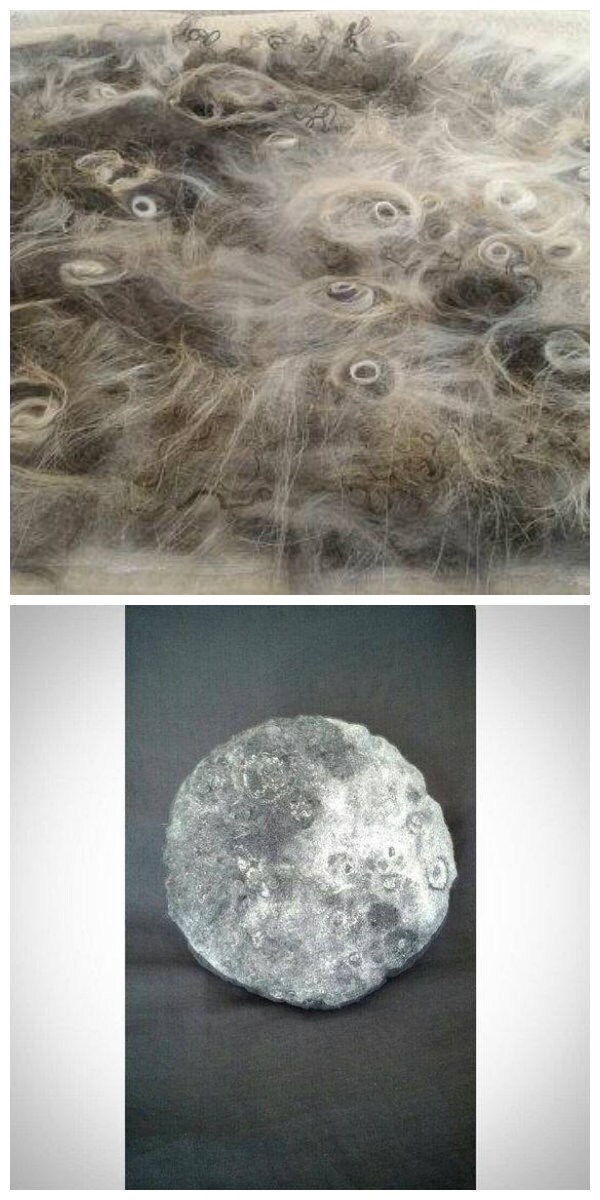
Wet felted moonscape pillow cover made by Artist Jane Cohen
What are you waiting for? Get the scales out...
Recipes to Dye For
Dying with Avocado Stones...
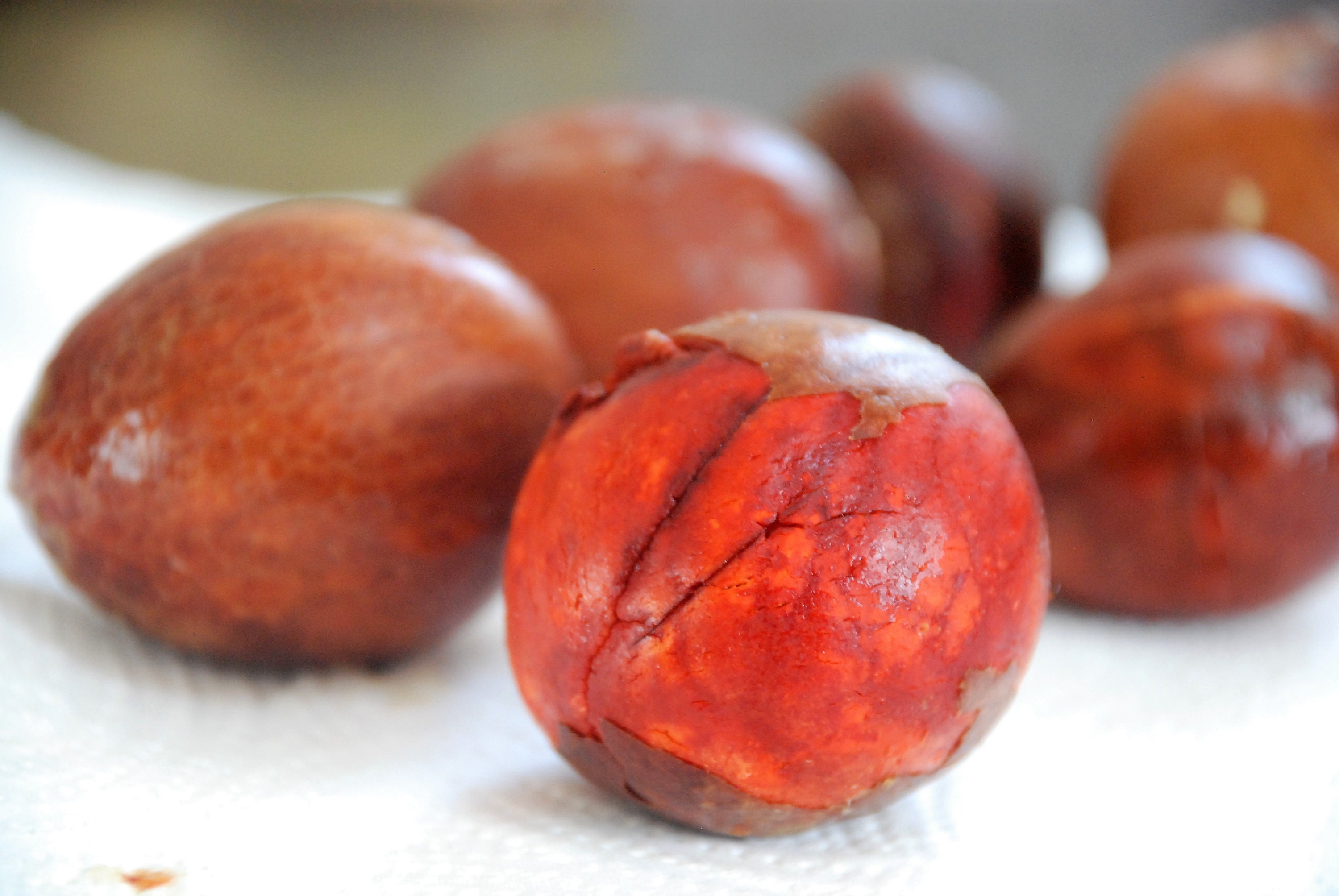
I really want to share this lovely dye recipe that I’ve been working with. I always try and use everyday plant items that you can buy just about anywhere, and for this month, I have been working with avocado stones.
First of all though, a couple of tips:
- Calculations: I’m giving you the amounts needed in percentages because of the difference in weight of dyestuff.
Example: If I want to dye 100g of yarn, I have to use 70% of avocado stones = 100 + 70% = 170g avocado stones.
If I want to dye 280g of fabric, I have to use 70% of avocado stones = 280 + 70% = 476g avocado stones
- You can freeze avocado stones from a ripe avocado. That way you can collect a few over a few days/weeks, depending on how many you need.
- Homemade Soya milk is much richer in tannins than shop bought which is why you only need to use 250g of dried beans to make 1 litre + of milk.
- The recipe below is enough for at least two dyeing sessions. The second session may give darker results as avocado tends to shed more dye and tannin over time. You can use this recipe for plant based fibre, yarn, or fabric
Materials needed: 1 pot to hold soya mordant,1 pot big enough to hold fibre/fabric, scales, blender
Time needed: Please read through the whole recipe first, as it takes about three days to complete successfully.
Recipe for Avocado Stone Dye:
125g dried soya beans soaked overnight or 1 litre shop bought soya milk (unsweetened and with as little as possible added)
sieve + cheesecloth (if making your own soya mordant)
70% avocado stones
Method:
- Weigh dry fabric/fibre and calculate the amount of weight avocado stones you need. Soak fabric/fibre in water.
- Add the avocado stones to cold water in the dye pot and let them stand for 48 hours to extract the dye.
- Soak soya beans overnight (if making your own soya milk) then add the beans to a blender with 500ml of water and blend; adding water as needed
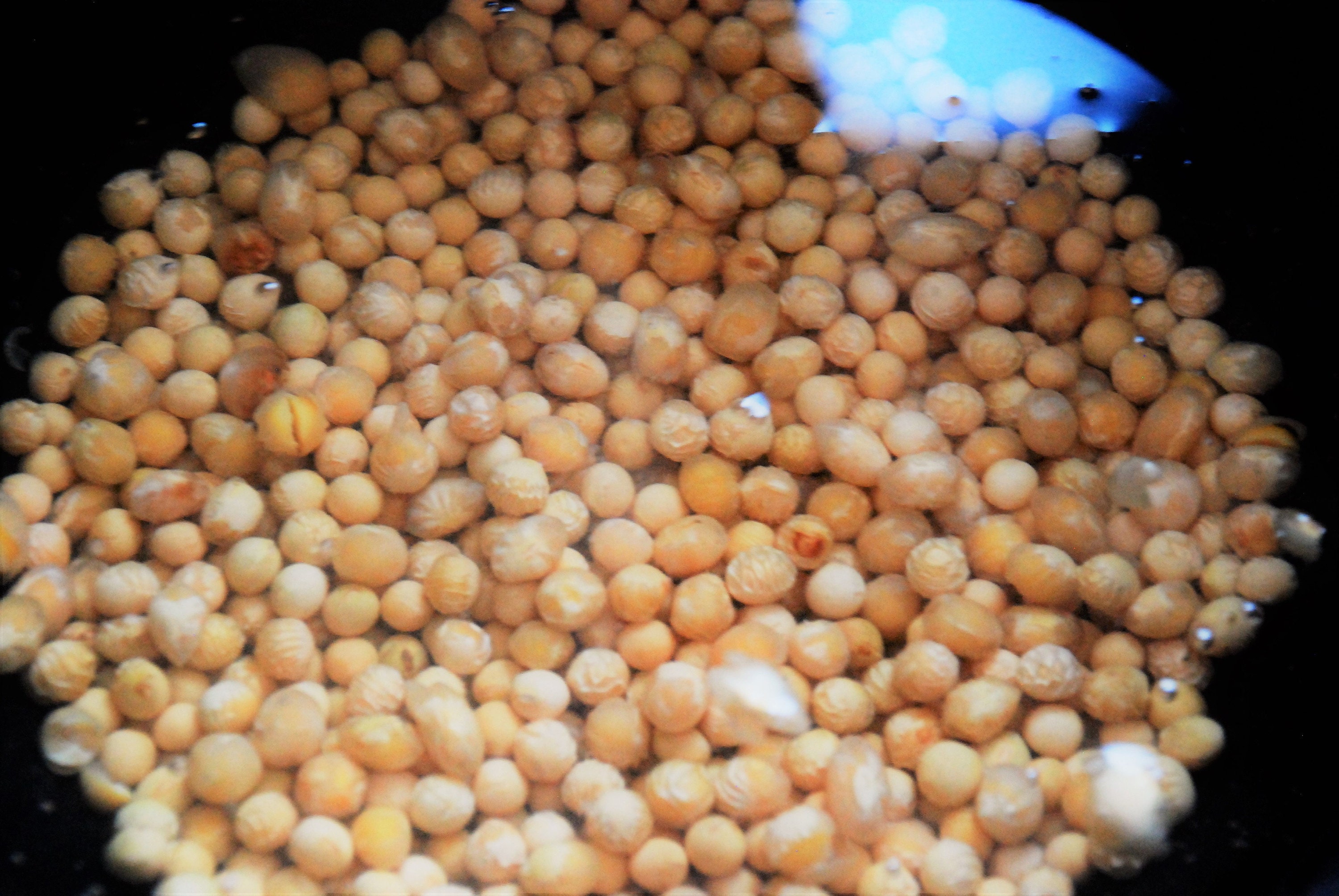

- Once blended into a mash, stir and pour through a sieve lined with cheesecloth (or similar) into the mordant pot. Careful, it might spill! I sieved it first, then added it to the cloth, but you can do both together...
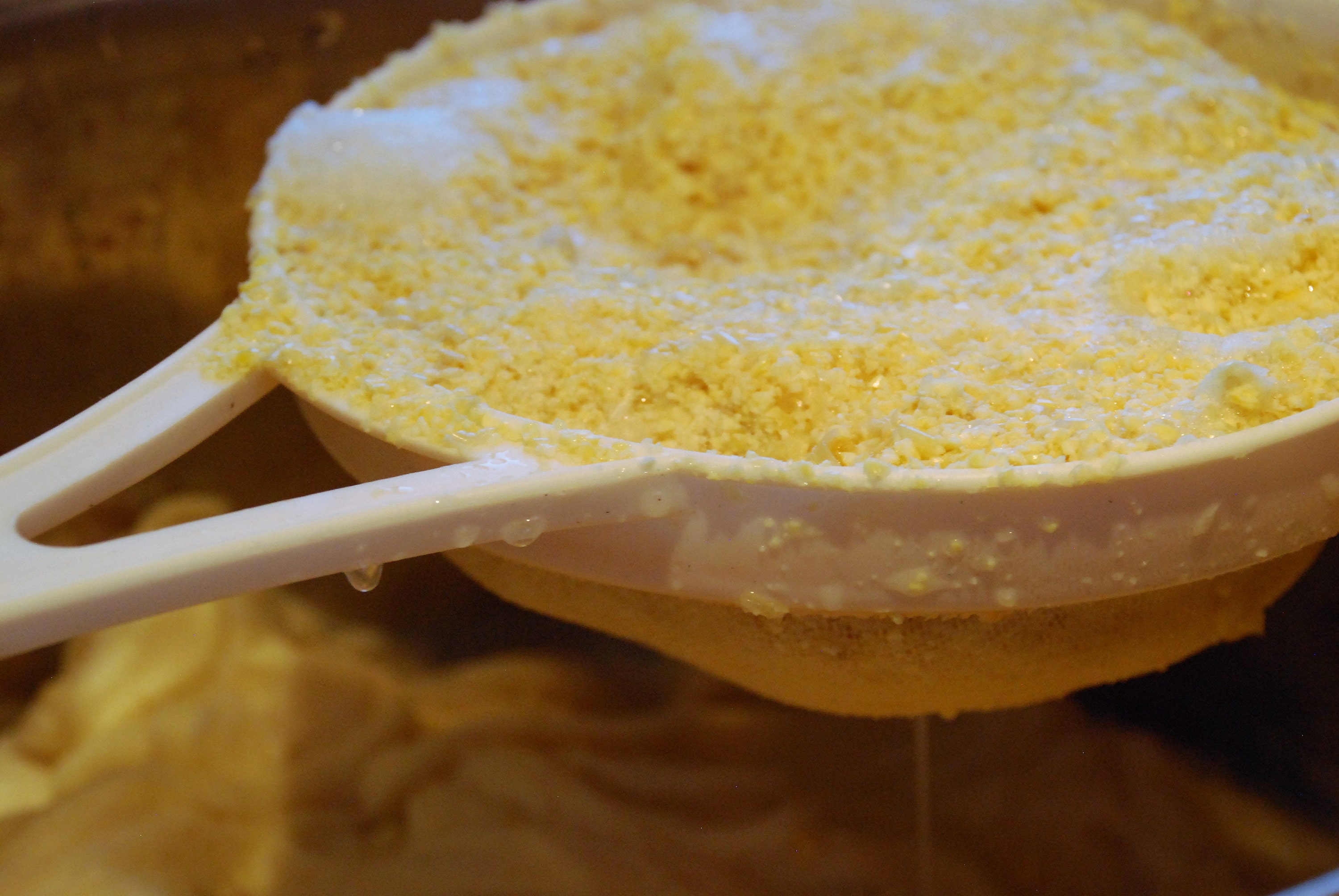
Squeeze the beans in the cloth to get all the 'milk' out, and fill the pot no more than half full with the ‘milk’. Stir.
- If you bought soya milk just add to pot and fill the pot no more than half full
- Add wetted fabric/fibre to pot and submerse
- Let the fibre/fabric soak for 12 hours
- Hang fabric/fibre out to drip on washing line. (Optional: repeat a 12h soak - but not necessary)
- Add soya mordanted fibre/fabric to avocado pot and heat to 80 degrees celsius, just below simmering.
- 'Cook' for 2.5 hours at 80 degrees celsius.

- Leave to cool overnight.
- Remove fabric/fibres from pot, spin and let dry. (Iron fabric after drying)

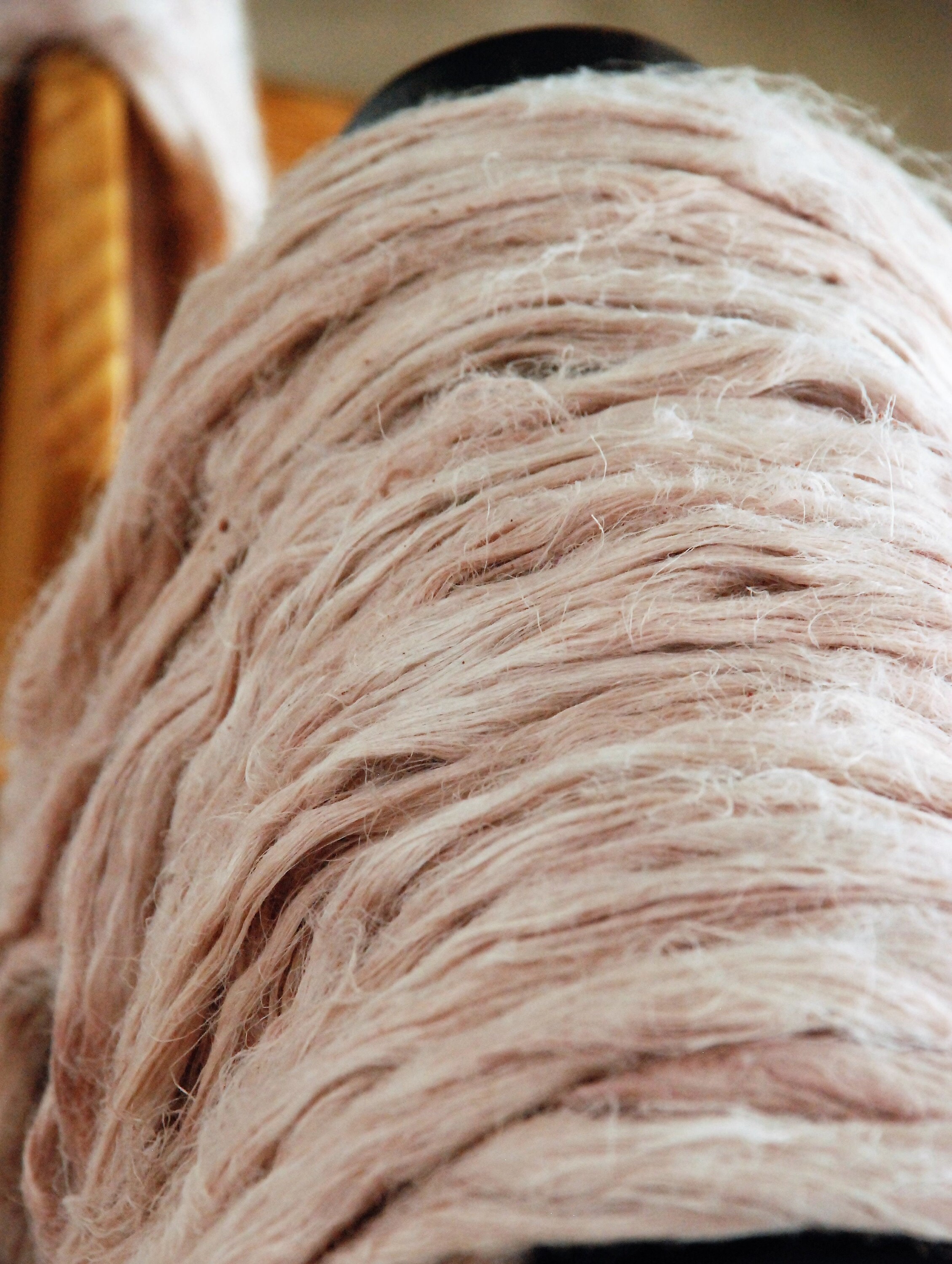
Note: You can use the leftover soya mash, called Okara to make some lovely food. See here for recipes:
https://www.pinterest.ie/search/pins/?q=okara%20recipes&rs=typed&term_meta[]=okara%7Ctyped&term_meta[]=recipes%7Ctyped
And Finally, I want to tell you about what Albina is up to with her Knitting Patterns:
Albina Mclaughlin from LBhandknits is releasing her first pattern e-book very soon, using Apple Oak Fibre Works plant-dyed Stockholm yarn. Her patterns are divine and these new patterns are just so beautiful that I thought I would share a glimpse to whet your appetite…
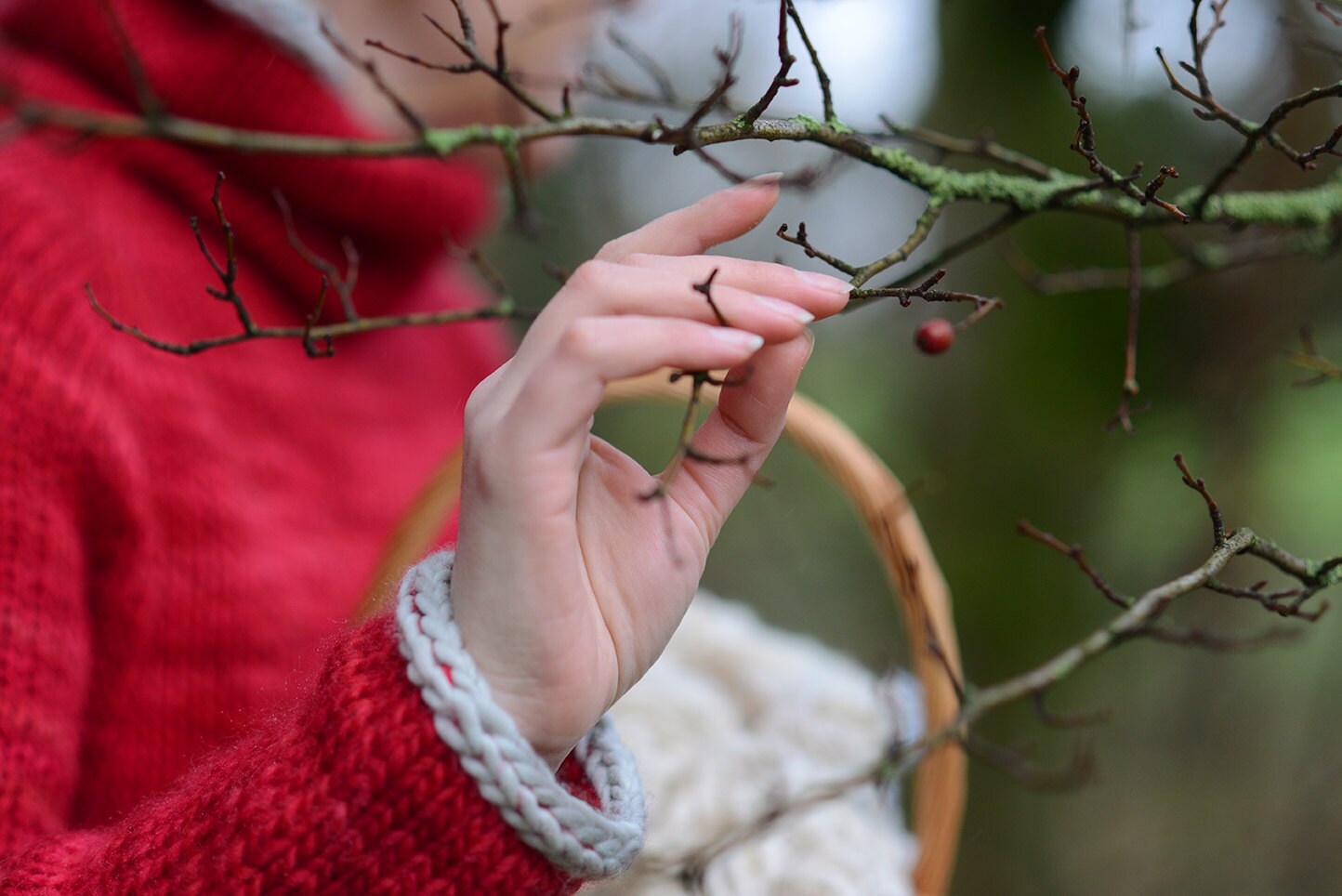
Kalinka

Winter Fruit Cowl
Spring Sale and What Next?
I’m actually going to send you a separate email in a couple of weeks because I’ve got a few sale items that are stacking up, and probably too many to mention here, so watch out for that…
Also I’ll be introducing a great dyeing plant, Woad, the local answer to indigo blue, for you to purchase from a wonderful local charity called Irish Seed Savers, who specialise in conserving traditional seeds and preventing extinction.
I want you to consider joining me by introducing this flower to your garden to use for your own dying project, and over the coming months I’ll take you through the whole process from start to finish. Even if you have no experience of growing from seed or dying yarn...you will be able to follow what I do on our blog and newsletter and you’ll see that there really is no big mystery!
And if you don’t want to dye yet, you are going to love watching how we will be working with this lovely flower.
For more info on our woad project follow us on my blog, instagram, or facebook.
Click here to view our shop Apple Oaks Fibre Works

Comments
Post a Comment